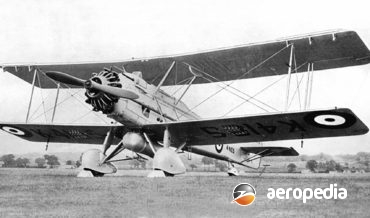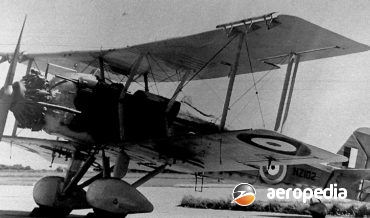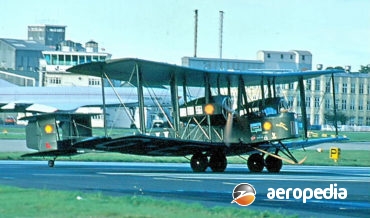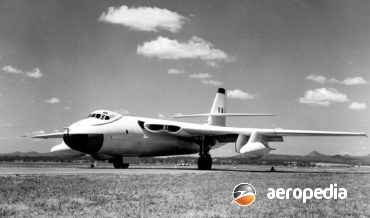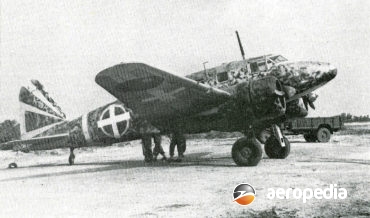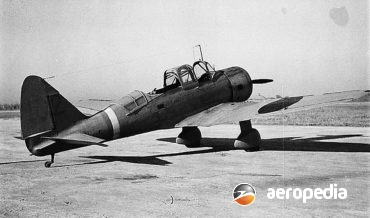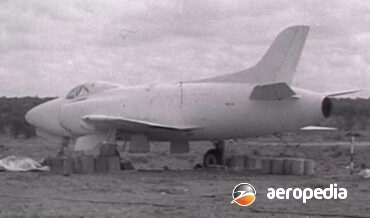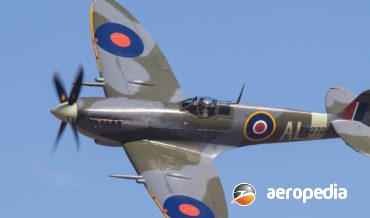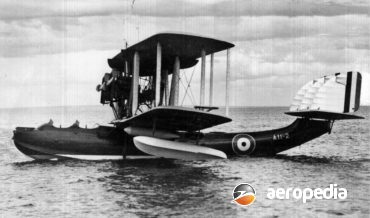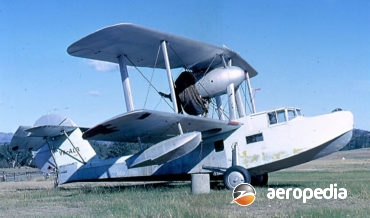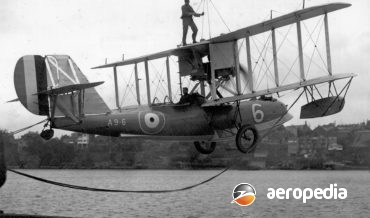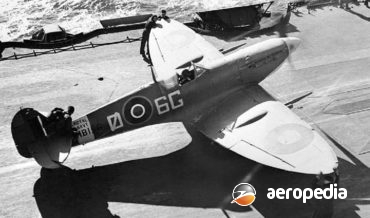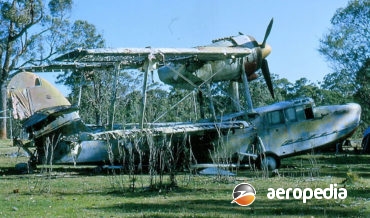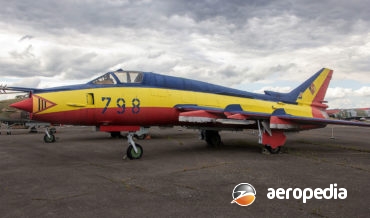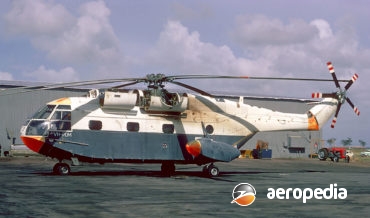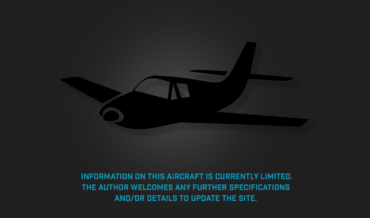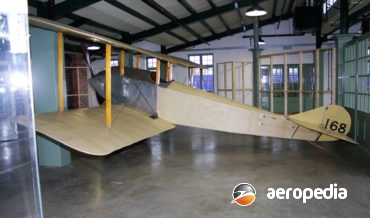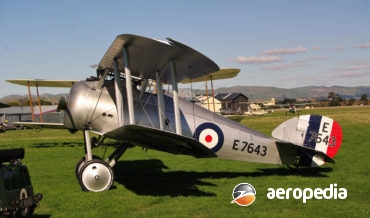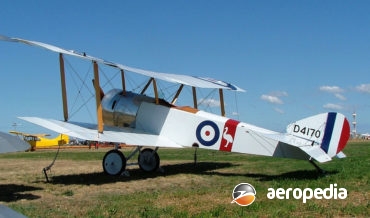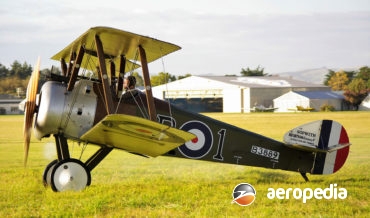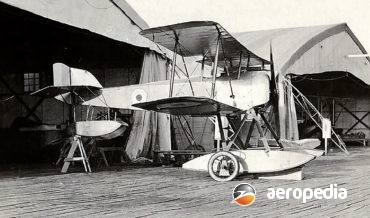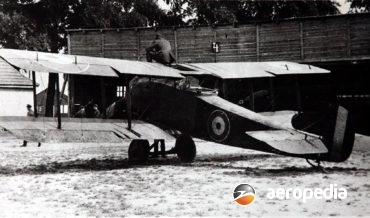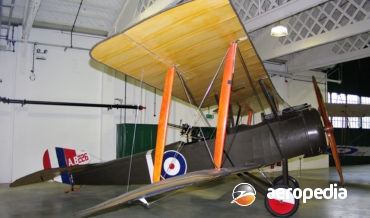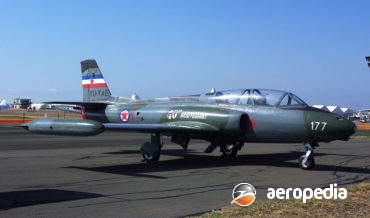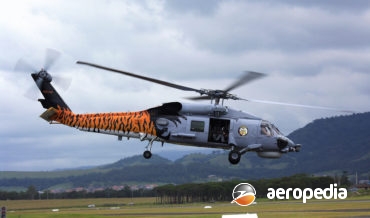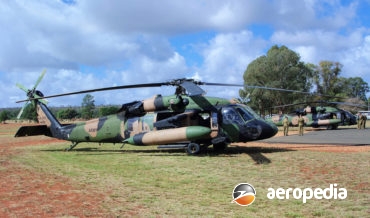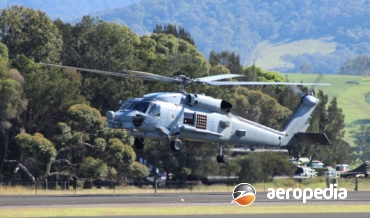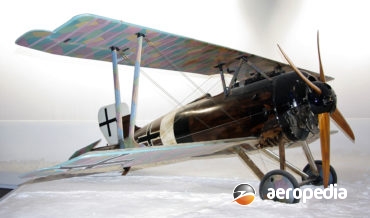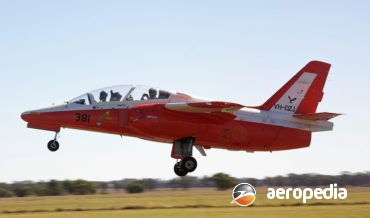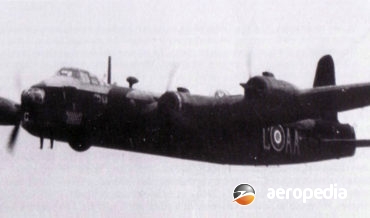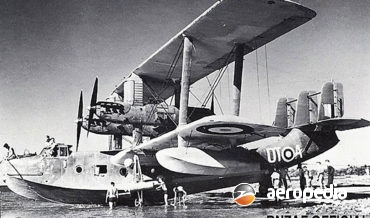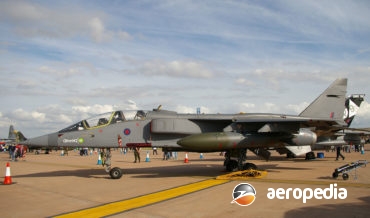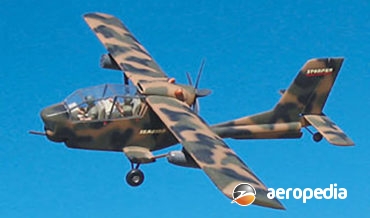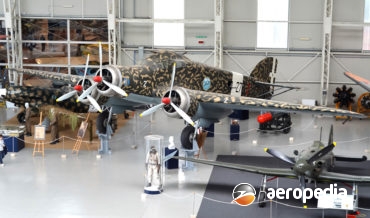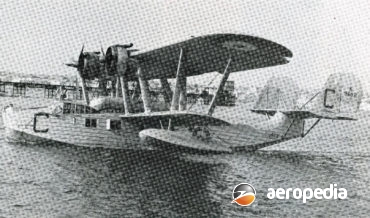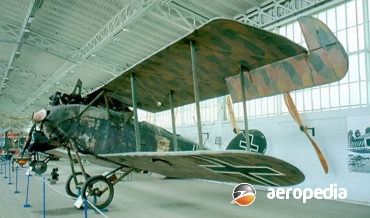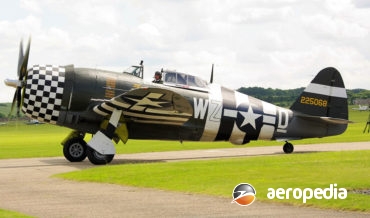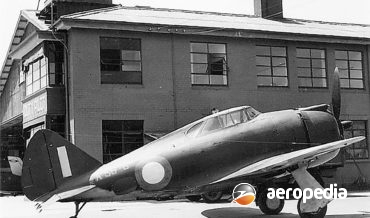All Contents
Contents
The Vincent was designed in 1934 by Vickers (Aviation) Ltd of Weybridge in Surrey as a modified variant of the Vildebeest to replace the Westland Wapiti and Fairey IIIF in RAF service.
David C. Eyre
- May 19, 2019
The Vildebeest was designed for the RAF by R K Pierson of Vickers to replace the Hawker Horsley, and the prototype (N230) flew with a Bristol Jupiter VIII engine at Martlesham Heath in April 1928.
David C. Eyre
- May 19, 2019
The Vimy was one of a series of heavy bombers, like the DH-10 Amiens and the Handley Page V/1500, which were designed to bomb Germany during World War I if that conflict had continued.
David C. Eyre
- May 19, 2019
Following the end of World War II, and the commencement of the Cold War, Britain looked to re-equip its bomber squadrons with what became known as the V-bombers, long-range jet-powered aircraft.
David C. Eyre
- May 19, 2019
The Tachikawa Aircraft Co Ltd was founded in 1924 and was basically known for producing primary trainers for the Japanese Air Force from 1927. In 1940 work began on the Y-39, a low-wing twin-engine monoplane, which was built in a variety of variants to meet a number of needs.
David C. Eyre
- May 19, 2019
In May 1937 a specification was issued for a two-seat co-operation aircraft for the Japanese Army and to meet this Mitsubishi put forward the Ki-35 and Tachikawa the Ki-36. In the event only Tachikawa received an order for a prototype to be built, the aircraft being designed by a team
David C. Eyre
- May 19, 2019
The Supermarine Swift was designed and built to specification E.41/46 by the Supermarine Division of Vickers-Armstrongs (Aviation) Ltd, it being a swept-wing fighter based on the naval fighter, the Attacker.
David C. Eyre
- May 19, 2019
Probably the most famous fighter aircraft, the Spitfire was conceived as the Supermarine Type 300 single-seat fighter and was designed by a team lead by Reginald J Mitchell.
David C. Eyre
- May 19, 2019
The Southampton was designed as a patrol seaplane to replace the Felixtowe F.5, six aircraft being ordered in 1924 before the prototype was built.
David C. Eyre
- May 19, 2019
In 1929 a specification was issued for a boat-hulled amphibian for shipboard operation to replace the Supermarine Seagull III, a number of which were in service with the RAN on board the seaplane carrier HMAS Albatross.
David C. Eyre
- May 19, 2019
Photograph: Supermarine Seagull III A9-6 on Sydney Harbour c 1938 (RAAF Museum) Country of origin: United Kingdom Description: Amphibious reconnaissance biplane Power Plant: One 336 kw (450 hp) Napier Lion twelve-cylinder, broad-arrow, liquid-cooled engine Specifications: Wingspan: 14.0 m (46 ft) Length: 11.27 m (37 ft) Height: 3.65 m (12 ft)
David C. Eyre
- May 19, 2019
In 1941, following the success of the Sea Hurricane, it was decided to build a variant of the Spitfire for operations from British aircraft carriers, and a Mk VB was converted and performed compatibility trials on board HMS Illustrious.
David C. Eyre
- May 19, 2019
The Sea Otter was the last biplane produced by Supermarine and was designed to meet specification S7/38 to replace the Supermarine Walrus in RAF service.
David C. Eyre
- May 19, 2019
The Su-22 was a development of the Su-17, and before that the Su-7, attack aircraft developed for the Russian Air force and was built in large numbers, seeing service throughout the eastern block, and with Middle East air forces, including Libya, Iraq, and Yemen, as well as with Peru in
David C. Eyre
- May 19, 2019
The Super Frelon originated from two prototypes of the SA 3200 Frelon [Hornet], the first of which was flown for the first time on 10 June 1959.
David C. Eyre
- May 19, 2019
In order to design an aircraft that was superior to any produced in Germany, the design team at Sopwith in early 1916 designed a triplane, this machine having three narrow chord wings but the wing area giving plenty of lift.
David C. Eyre
- May 19, 2019
The Tabloid was one of the outstanding aeroplanes produced in Great Britain before the beginning of World War I and, in the hands of Australian born test pilot Harry Hawker, caused a sensation at Hendon on 29 November 1913 when first demonstrated to the public.
David C. Eyre
- May 19, 2019
Designed by Herbert Smith, chief designer of the Sopwith Company, as a replacement for the Camel, the 7F.1 Snipe first appeared in mid 1917.
David C. Eyre
- May 19, 2019
The Sopwith Pup was one of the most successful aeroplanes of the World War I era, having aesthetic appeal and delightful handling qualities.
David C. Eyre
- May 19, 2019
One of the most successful and popular single-seat fighter scouts of World War I, the Camel was an ideal vehicle for those pilots who mastered its potent peculiarities, being ideal for aerobatics and dog fighting;but it was also a vicious machine, in fact a potential deathtrap to those who did
David C. Eyre
- May 19, 2019
The Baby was a development of the Schneider, being a twin float seaplane built for the Royal Naval Air Service.
David C. Eyre
- May 19, 2019
The Sopwith 3F.2 Buffalo was an armoured two-seat aircraft designed specifically for low-level observation where it regularly became the subject of ground fire, and many crews were in danger and suffered many casualties amongst pilots and observers.
David C. Eyre
- May 19, 2019
The Sopwith 1½ strutter was the first Sopwith aircraft to achieve widespread use as a fighting aeroplane.
David C. Eyre
- May 19, 2019
The G-2A Galeb (Seagull) was the first indigenous jet-powered military trainer designed and placed in production in Yugoslavia.
David C. Eyre
- May 19, 2019
In February 1978 a contract was signed by Sikorsky to build a series of helicopters to meet the US Navy’s LAMPS (Light Airborne Multi-Purpose system) helicopter requirement, the type being designed to fulfil both the anti-submarine warfare role, and the anti-ship surveillance and targeting role.
David C. Eyre
- May 19, 2019
The Sikorsky S-70 series was designed to meet a requirement of the US Army for a utility tactical transport aircraft system (UTTAS), winning a contest in 1976 against a design from Boeing Vertol.
David C. Eyre
- May 19, 2019
The MH-60, initially known as the LAMPS Mark II Block II Upgrade when development commenced in 1993, is a multi mission helicopter aimed at service with naval forces on board ships and on land.
David C. Eyre
- May 19, 2019
Siemens-Schuckertwerke was one of a number of branches of the Siemens Electrical firm, the company founded in 1847 by Werner Von Siemens and Johann Halske.
David C. Eyre
- May 19, 2019
The S-211 was designed in Italy by SIAI marchetti to meet a need for a cheap-to-buy and operate light jet military trainer which could be used for some of the primary training introduction phase.
David C. Eyre
- May 19, 2019
In 1936 the British Air Staff drew up plans for the development of a series of twin-engine aircraft which culminated in the Whitley, Hampden and Wellington medium bombers.
David C. Eyre
- May 19, 2019
The Singapore, the last biplane flying-boat built by Short, was designed for the RAF as a long-range general reconnaissance biplane, the first Singapore I (N179) flying in 1926, this aircraft being fitted with two 597 kw (800-hp) Rolls Royce H-10 engines.
David C. Eyre
- May 19, 2019
The Jaguar was the culmination of an agreement between the United Kingdom and France to develop a ground attack aircraft which could also be sold to foreign services.
David C. Eyre
- May 19, 2019
The SB-9 Stormer is a development of the Company’s Seeker and Sentinel series and is designed to offer a cost-effective, fixed-wing alternative to the military helicopters in operations with air arms around the world, particularly in hostile environments.
David C. Eyre
- May 19, 2019
The SM.79 series was one of the most successful Italian bombers of World War II, being a three-engine monoplane which was noted for its high wing loading, and most aircraft delivered to the Italian Air Force having the Alfa Romeo 126 RC 34 engine, which was a Bristol Pegasus built
David C. Eyre
- May 19, 2019
The London was built to a British Air Ministry specification for a general purpose coastal patrol flying boat of robust but simple construction.
David C. Eyre
- May 19, 2019
The Rumpler C.VIII was developed by Dr Edmund Rumpler from a series of fighters he designed for the German services, stemming from the C.I, C.III, C.IV, early models being known as the Eindecker and the Taube, these being two-seat monoplanes used on reconnaissance flights at the beginning of the War.
David C. Eyre
- May 19, 2019
Designed by Alexander Kartveli, Republic Aviation’s chief engineer, the P-47 was one of the outstanding designs of World War II, being the mount of some of Americas top scoring aces, undertaking some 546,000 combat sorties between March 1943 and August 1945, during which 1,934,000 operational hours were accumulated.
David C. Eyre
- May 19, 2019
The Republic P-43 Lancer was a development of the Seversky P-35, and in turn was developed to become the P-47 Thunderbolt. In 1938 the Seversky Aircraft Corp worked on the development of the P-35, the AP-2 and the AP-4, each differing only in the positioning of the turbo-supercharger.
David C. Eyre
- May 19, 2019
The Max Holste Company was founded in 1946 and built the Broussard and Super Broussard. In 1960 it entered into an agreement with Cessna of Wichita, Kansas, to produce aircraft for the European market and the new company became known as Reims Aviation.
David C. Eyre
- May 19, 2019
The SE-5 (Scout Experimental 5) and SE-5a share, with the Sopwith Camel, the distinction of being the best single-seat British fighter aircraft of World War I.
David C. Eyre
- May 19, 2019
Recent Comments
Archives
Categories
- No categories
Categories
- No categories
Latest Posts
Newsletter

